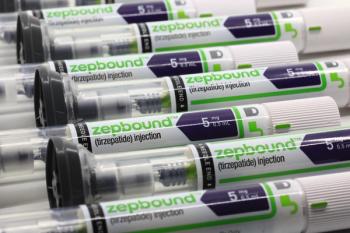
Scan Technique Shows Brain Inflammation in Posttreatment Lyme Disease Syndrome
In a study by Johns Hopkins Medicine, investigators used an advanced form of brain scan to demonstrate that 12 participants in their study with documented posttreatment Lyme disease syndrom (PTLDS) all showed elevation of a chemical marker of wide-spread brain inflammation compared with 19 controls.
In a study by Johns Hopkins Medicine, investigators used an advanced form of brain scan to demonstrate that 12 participants in their study with documented posttreatment Lyme disease syndrome (PTLDS) all showed elevation of a chemical marker of widespread brain inflammation compared with 19 controls.
The study results, published in the Journal of Neuroinflammation, detailed the use of positron emission tomography (PET), in which specifically labeled molecules called radiotracers bind to the translocator protein (TSPO). The authors noted that levels of TSPO are higher when brain inflammation is present.
The investigators compared the PET scans of 12 patients with PTLDS and 19 control group participants. The patients with PTLDS had a history of confirmed or probable Lyme disease infection, documented evidence of treatment, and no history of diagnosed depression. All had reported fatigue and at least 1 cognitive deficit, such as problems with concentration or memory.
The scans showed that across 8 different regions of the brain, patients with PTLDS had significantly higher levels of TSPO compared with controls. After combining the data for all brain regions and adjusting for age, body mass index, brain region, and genotype, the investigators reported a mean difference of 0.58 between the TSPO levels of controls and patients with PTLDS.
The Johns Hopkins team cautioned that its study was small and that they are not certain whether the results apply to all individuals with PTLDS, such as those with chronic pain but no cognitive symptoms. They noted that further testing is needed.
Reference
New scan technique reveals brain inflammation associated with post-treatment Lyme disease syndrome. ScienceDaily website. sciencedaily.com/releases/2019/02/190205090533.htm. Published February 5, 2019. Accessed June 6, 2019.
Newsletter
Stay informed on drug updates, treatment guidelines, and pharmacy practice trends—subscribe to Pharmacy Times for weekly clinical insights.














































































































































































































